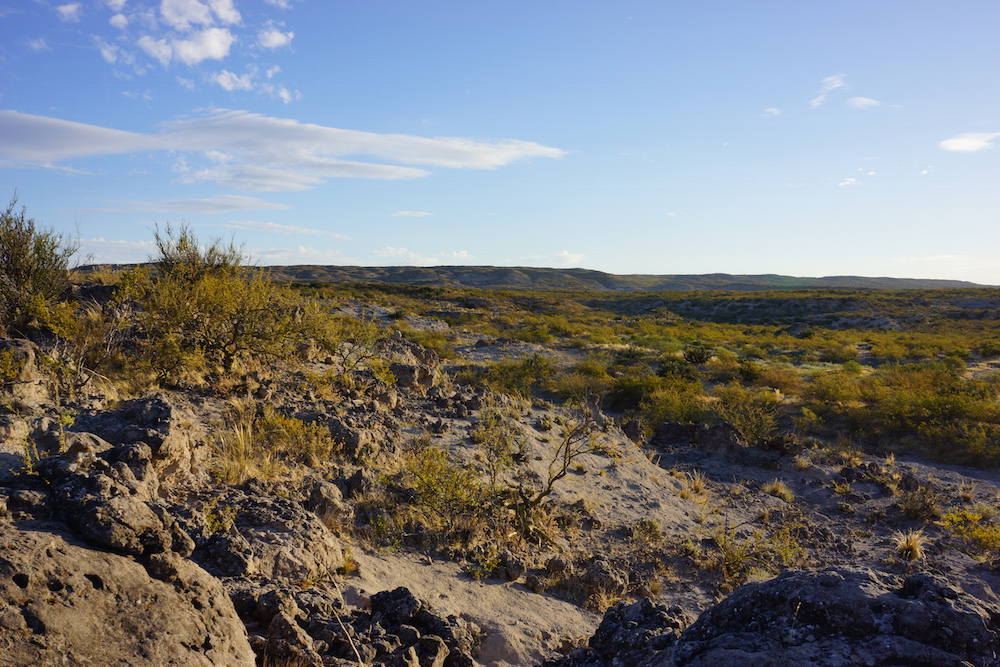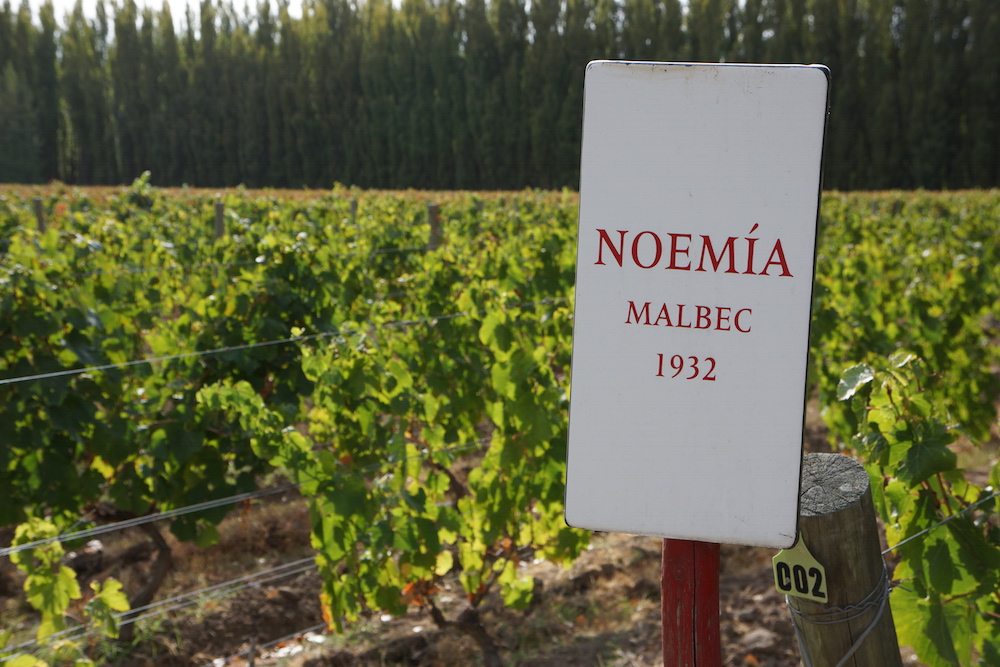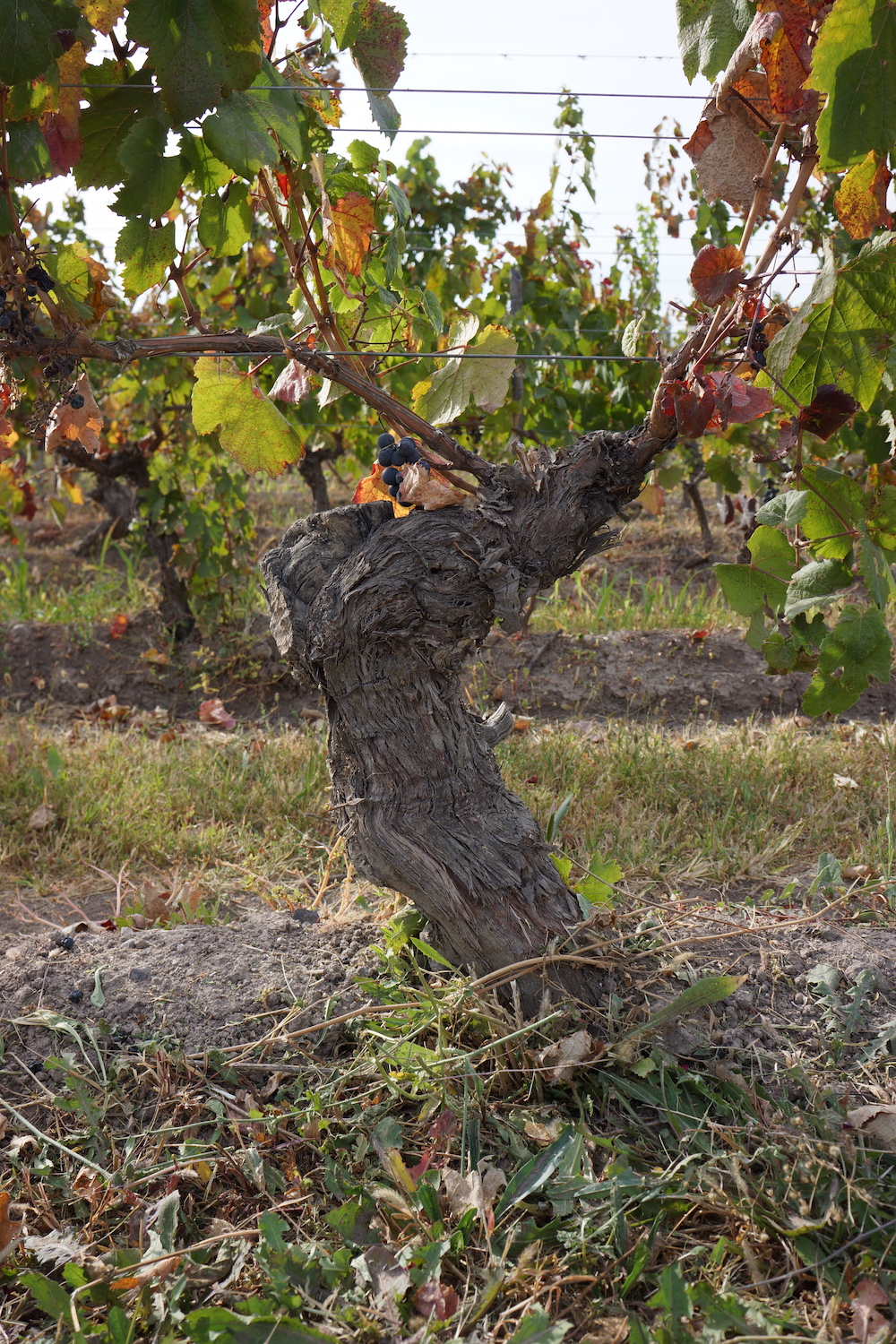Tasting Report: Argentina's New Future In Patagonia

As one winemaker there said, "I feel like I am at the end of the world sometimes. You hear you heart beat because it is so quite here.”
My wife, image editor/tasting coordinator and I luckily missed the volcanic eruption by about a week, or we may have been going to Chile by bus. In other words, it would have taken a few days to get to Santiago instead of a few hours by plane.
I tasted about 100 wines during our three-day trip to Patagonia, a small proportion of the more than 700 wines I tasted in Argentina overall, and I continue to be intrigued by the subtle intensity of Patagonia wines. It’s no doubt a result of the southern geographic location of the growing region that delivers a very cool climate for vine growing. I also appreciate the valor and dedication of the winemakers there.

Given that the region of Patagonia is known for its agriculture and high-desert terrains, in many ways it reminds me of parts of California's Central Coast. Thousands of acres of fruit trees, vineyards, dusty towns and stray dogs stretch for miles. The best vine-growing region is near the town of Neuquén in the municipality of Rio Negro, named after the river that allows the crystal-clear waters of the Andes to transform the dusty and arid desert into fertile agricultural land. About a dozen or so major wineries are here with many more small ones that produce wine from about 8,000 hectares of vineyards.

"What more could I do in Italy?" says Piero Incisa della Rocchetta, one of the owners of Chacra. All of his vineyards are biodynamically cultivated. "This is a unique place and I am trying to make a unique wine. This is something I need to do," he continues. Indeed, the purity and energy of Incisa's pinots are persuasive that Patagonia is a Garden of Eden for vines and making wines. But so many other wines showed wonderful potential from brisk and minerally sauvignon blancs to even an odd but delicious trousseaux.
Although many winemakers still have not come to grips with reducing grapes yields and clean winemaking methods, the possibilities seem limitless when it comes to the winemaking in Patagonia. Taste the wines of Patagonia and understand the future of Argentina.
Below are all the wines I tasted during my three-day trip including intensive verticals of Bodega Noemía and Bodega Chacra. Some of the older wines may not be available anymore for retail.